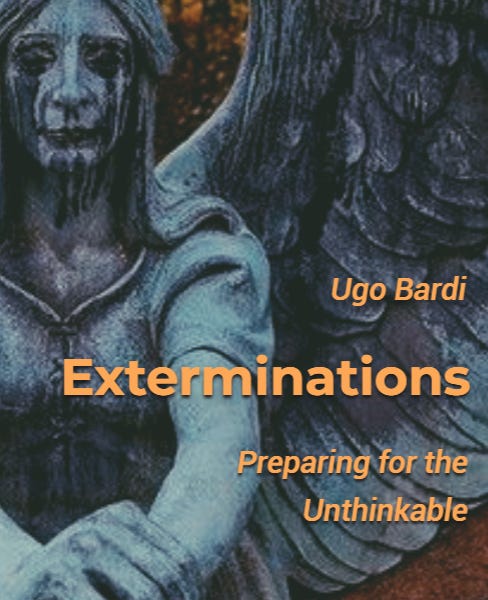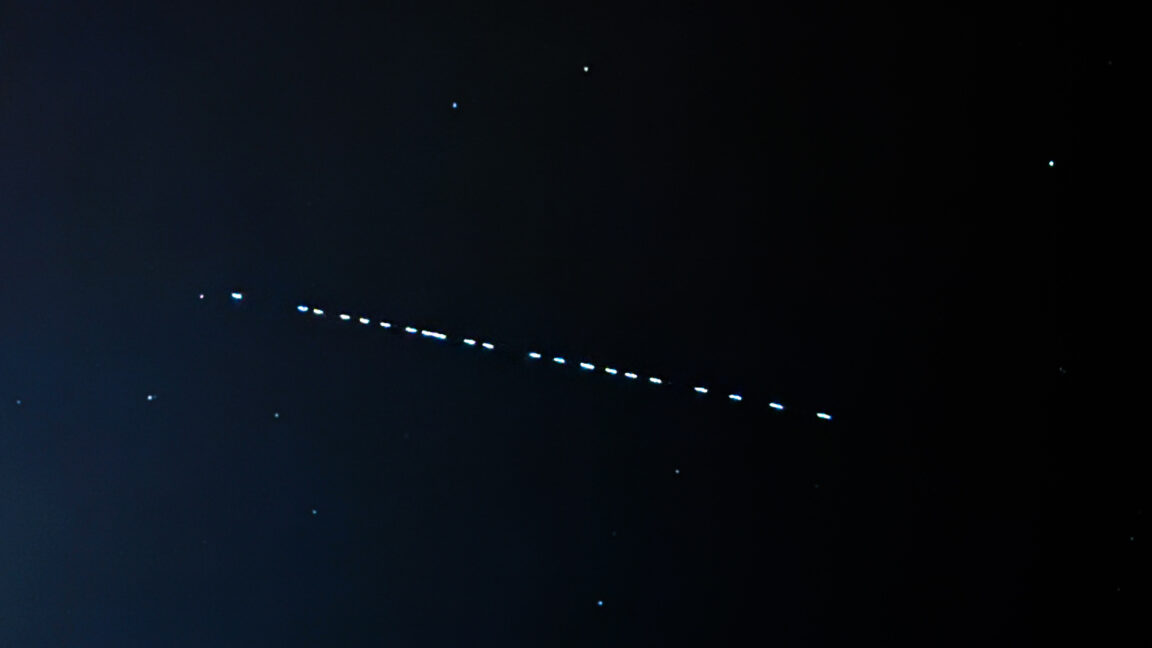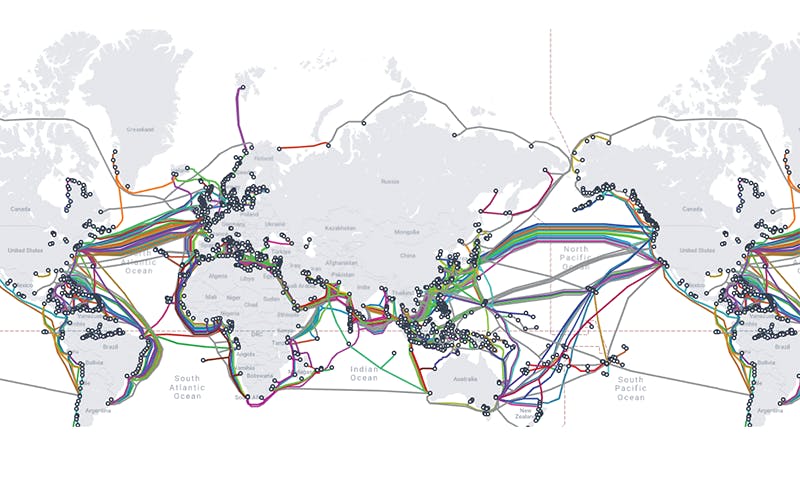
Related Posts With Minimal Mistakes
November 16, 2024 15 minute read
As I publish more and more content, I am increasingly concerned about connecting the dots between the post you are now reading and other, related posts. Just like every other blog in the world, I use a Related Posts section at the bottom of each page for that purpose.
This site is a Jekyll instance, based on the very excellent Minimal Mistakes theme and hosted on GitHub Pages. As a matter of expediency, I’m using the remote version of the theme, which reduces the complexity a bit but limits the Jekyll plugins I can use.
Content items in Jekyll break down into two broad categories: pages and posts. Pages lay out the broad structure of the site (like your About or Portfolio page, although your Home page can be a special case). Posts are the individual articles you write. Think of a post as dated content, while a page is evergreen content.
Posts are grouped into collections, each under its own root path. For example, on this site, all blog posts are under the /blog path, and the Entity Manager documentation is collected under the /projects/entity-manager path. Each collection also defines its own taxonomic & layout defaults, so it’s easy to create a common look and feel for all the posts in a collection.
Leave a Comment
Related Posts













/cdn.vox-cdn.com/uploads/chorus_asset/file/23641763/acastro_220614_5290_0001.jpg)






/cdn.vox-cdn.com/uploads/chorus_asset/file/25735095/casio1.jpg)

